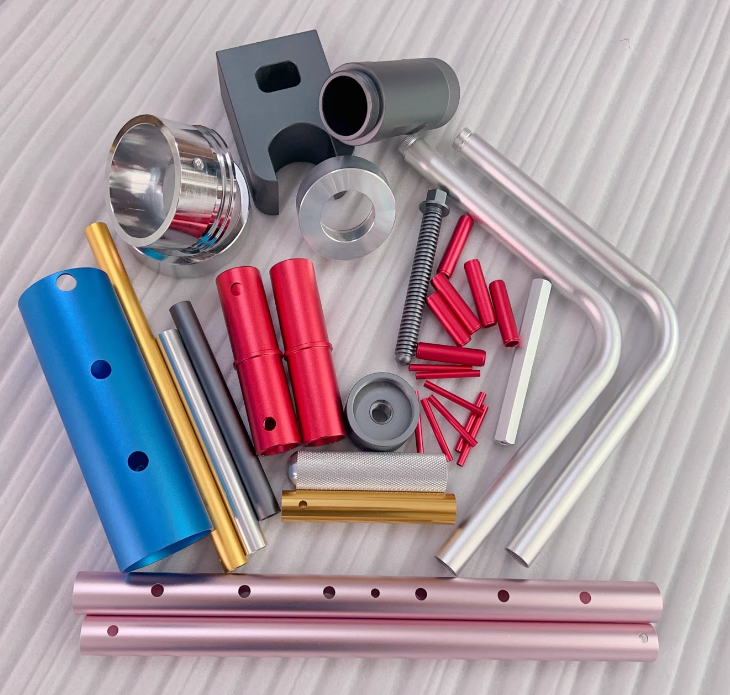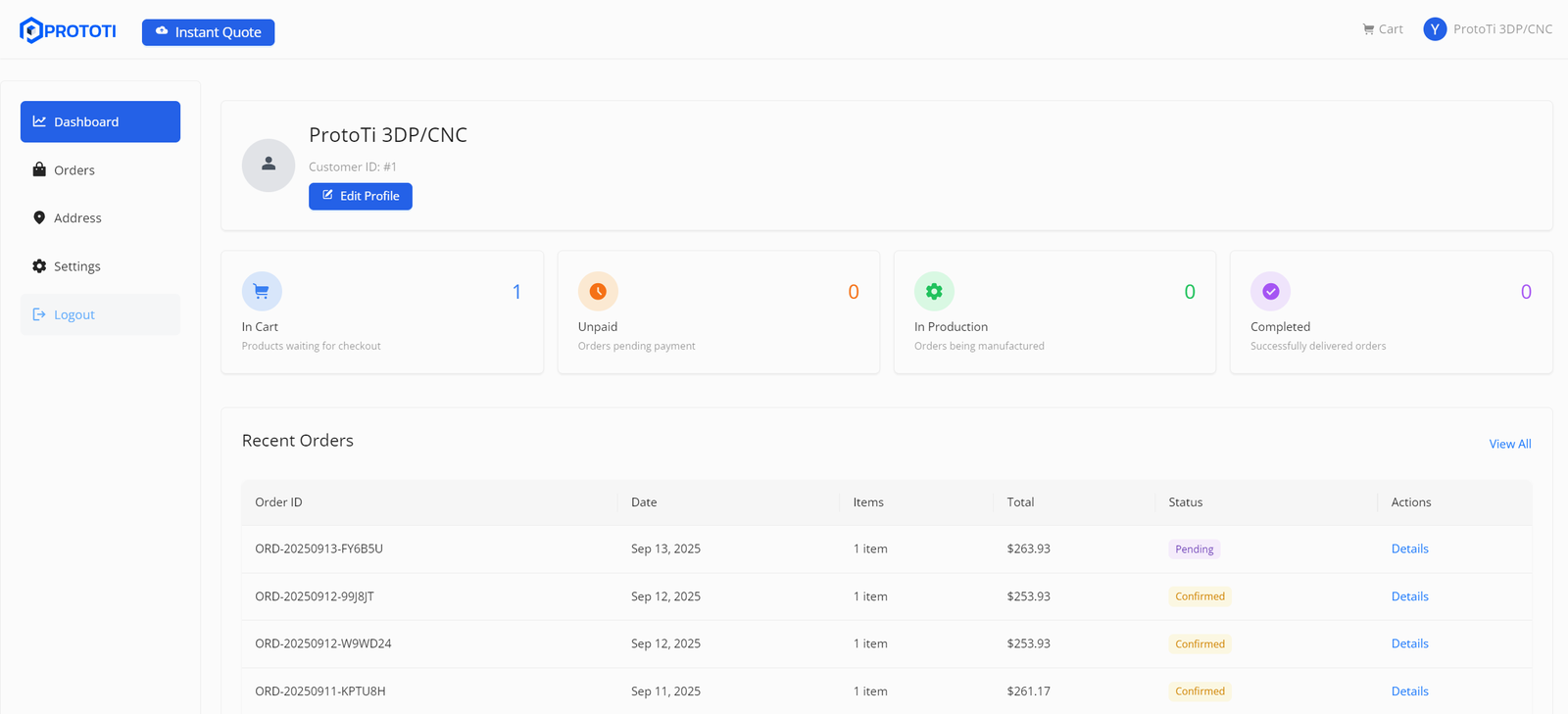
Mechanical Processing and Oxidation Treatment Comprehensive Analysis: Process Principles, Applications and Development Trends
Introduction In the modern mechanical processing industry, surface treatment technology is a crucial aspect that determines the performance and lifespan






